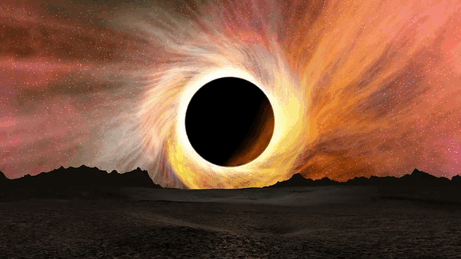

So what will happen to the sun? Scientists are convinced that in 5 billion years it will simply turn into white dwarf, which is a small and very dense ball, glowing from residual heat. NASAS Transiting Exoplanet Survey Satellite (TESS) has captured a black hole pulling a star into its gravitational grip. Our Sun, unfortunately or fortunately, is not large enough for such a fate: it has only about one tenth of the mass, which is usually necessary in order to one day turn an ordinary star into a neutron one. It is normally understood that the energy. The Earth falls between the two and the Moon passes into the Earth’s shadow briefly. Some stars are large enough to become a supernova, but their mass is too small to become black holes: they collapse into very dense structures called neutron stars, which form immediately after a supernova explosion. A lunar eclipse occurs when the Sun, Earth and Moon are aligned. Stars of this size run the risk of becoming a supernova after the end of the main period of their life, forming a black hole after their death – a real cosmic monster whose gravitational attraction is so strong that nothing, not even light, can escape from its tenacious embrace. In order for such an impressive scenario to happen to the Sun, our star should be about 20 times more massive. The fact is that the size of our star is too small for our Sun to simply “collapse inward” under the influence of its own gravitational forces before death.

In 5 billion years, the process of dying of our star may beginĪccording to the portal, the probability that our Sun will one day be able to turn into an all-consuming black hole is scanty. When a massive star expends its fuel, its core collapses into a dense object and sends the rest of its gas outward in an event called a supernova.


 0 kommentar(er)
0 kommentar(er)
